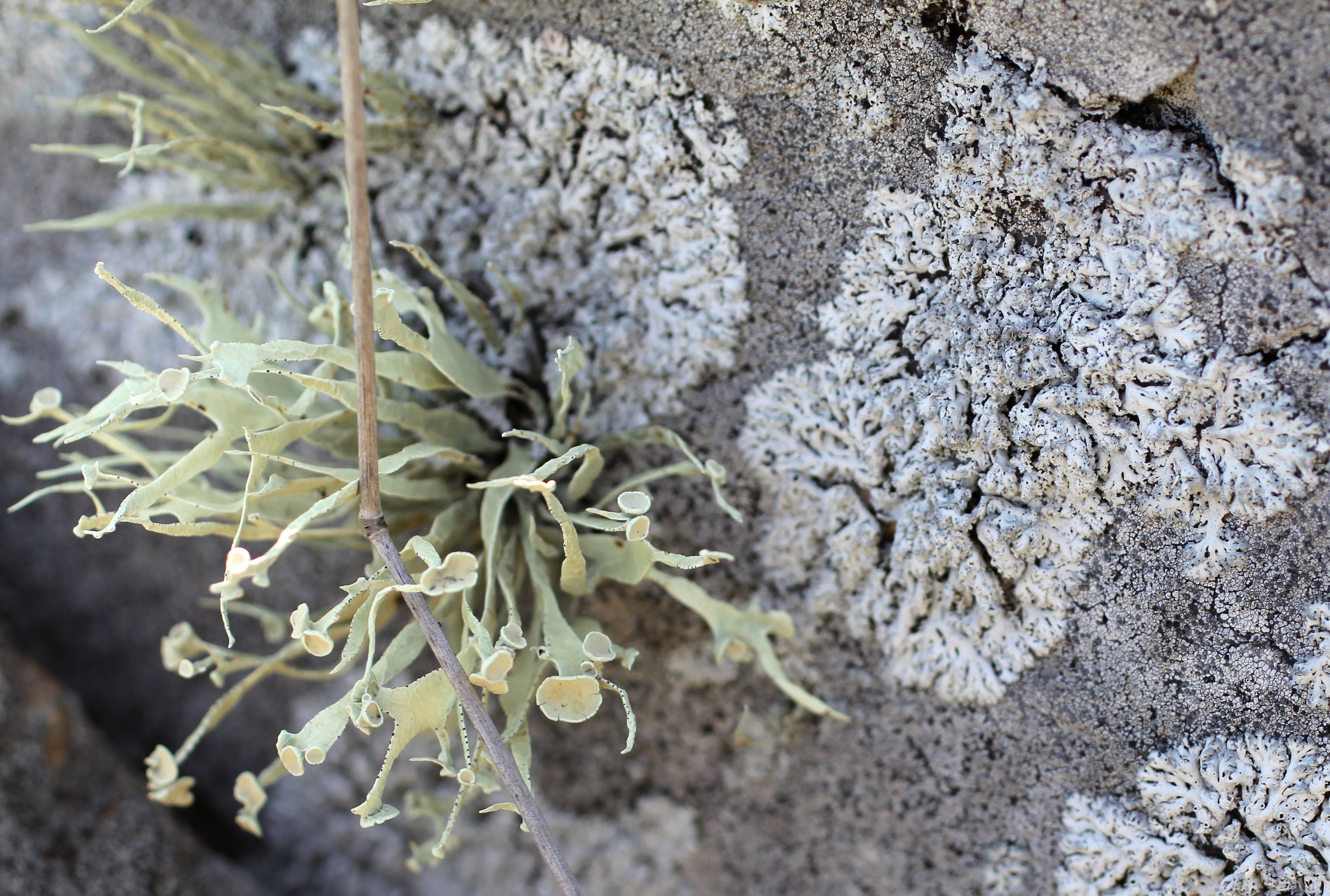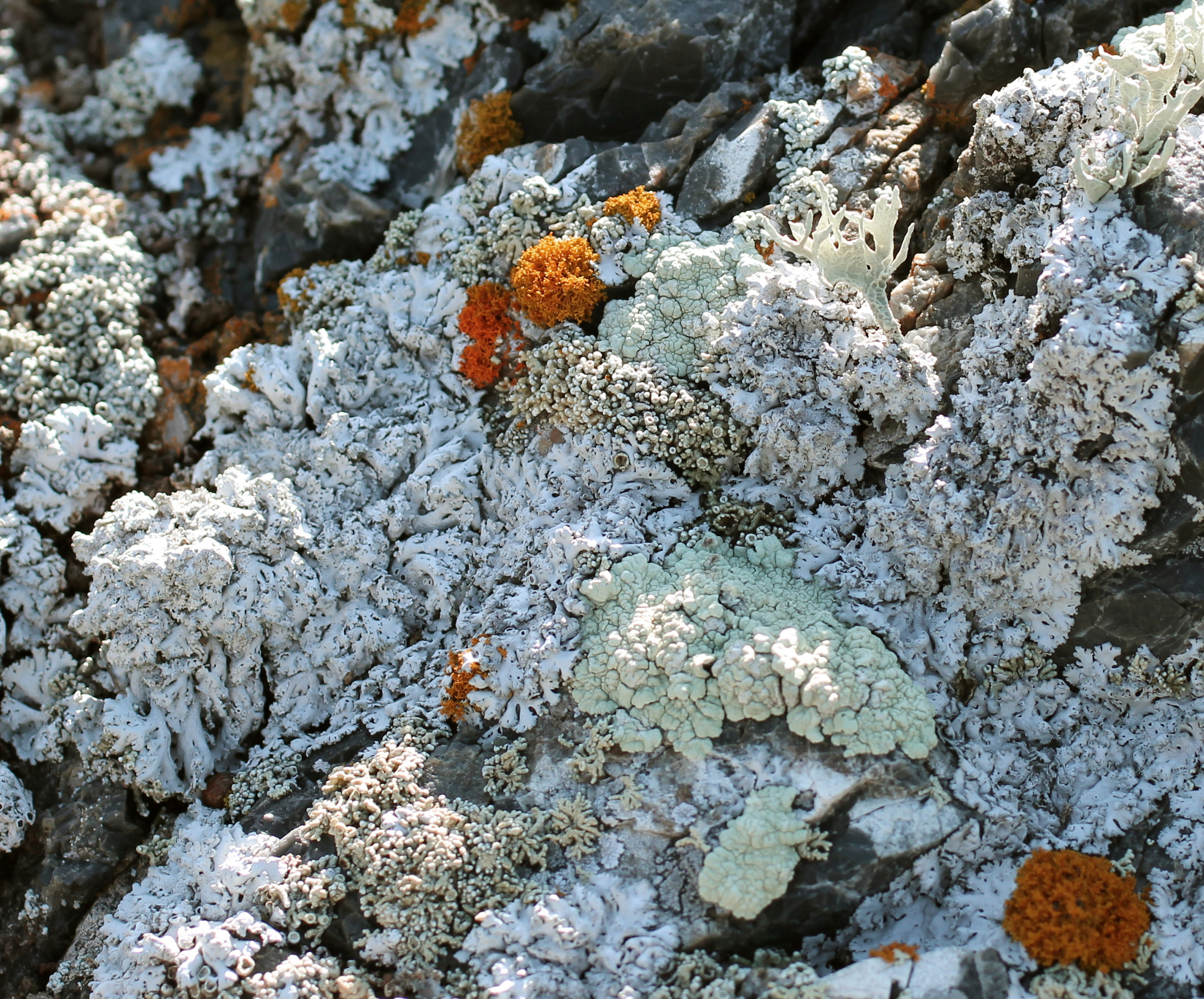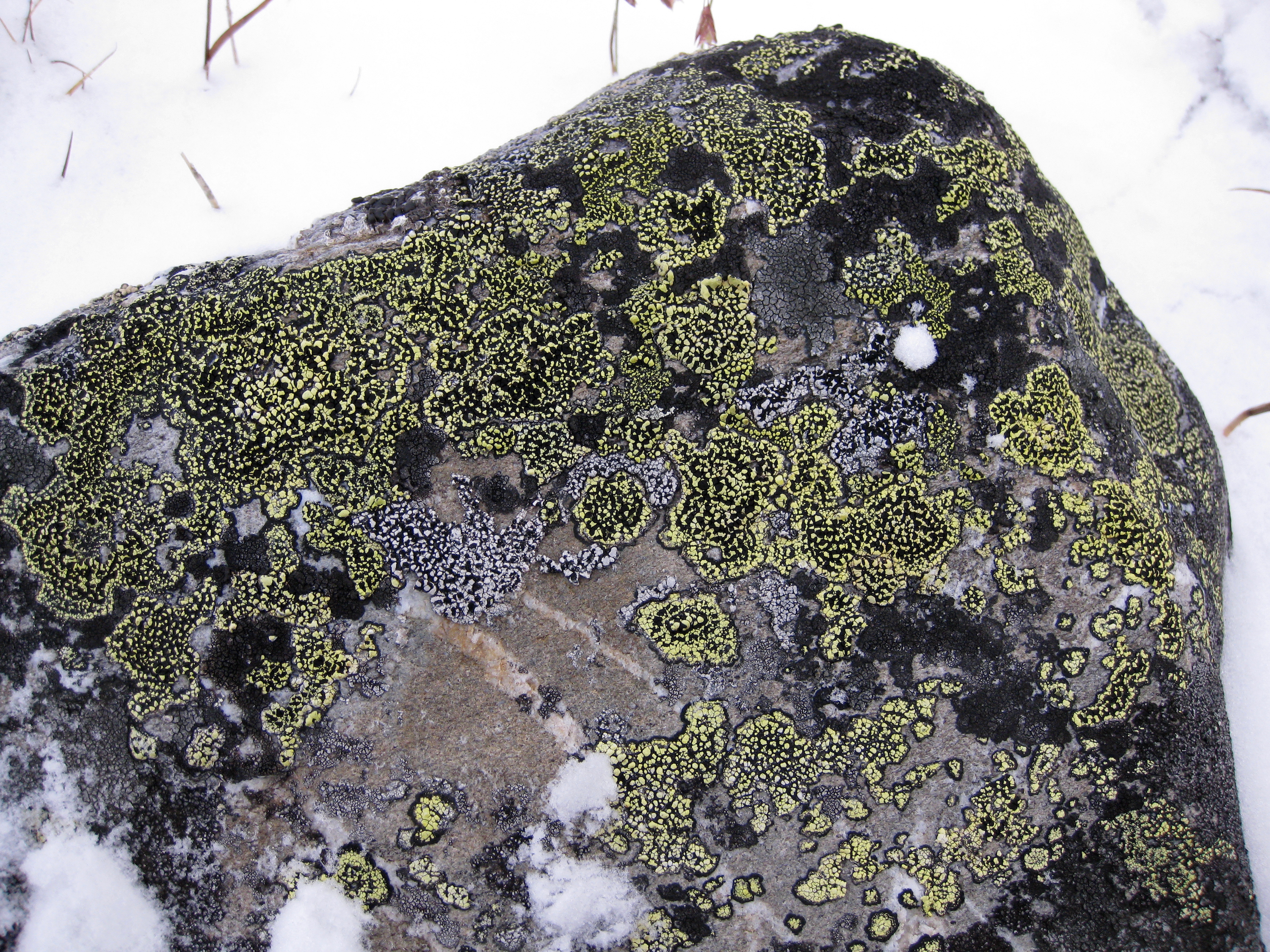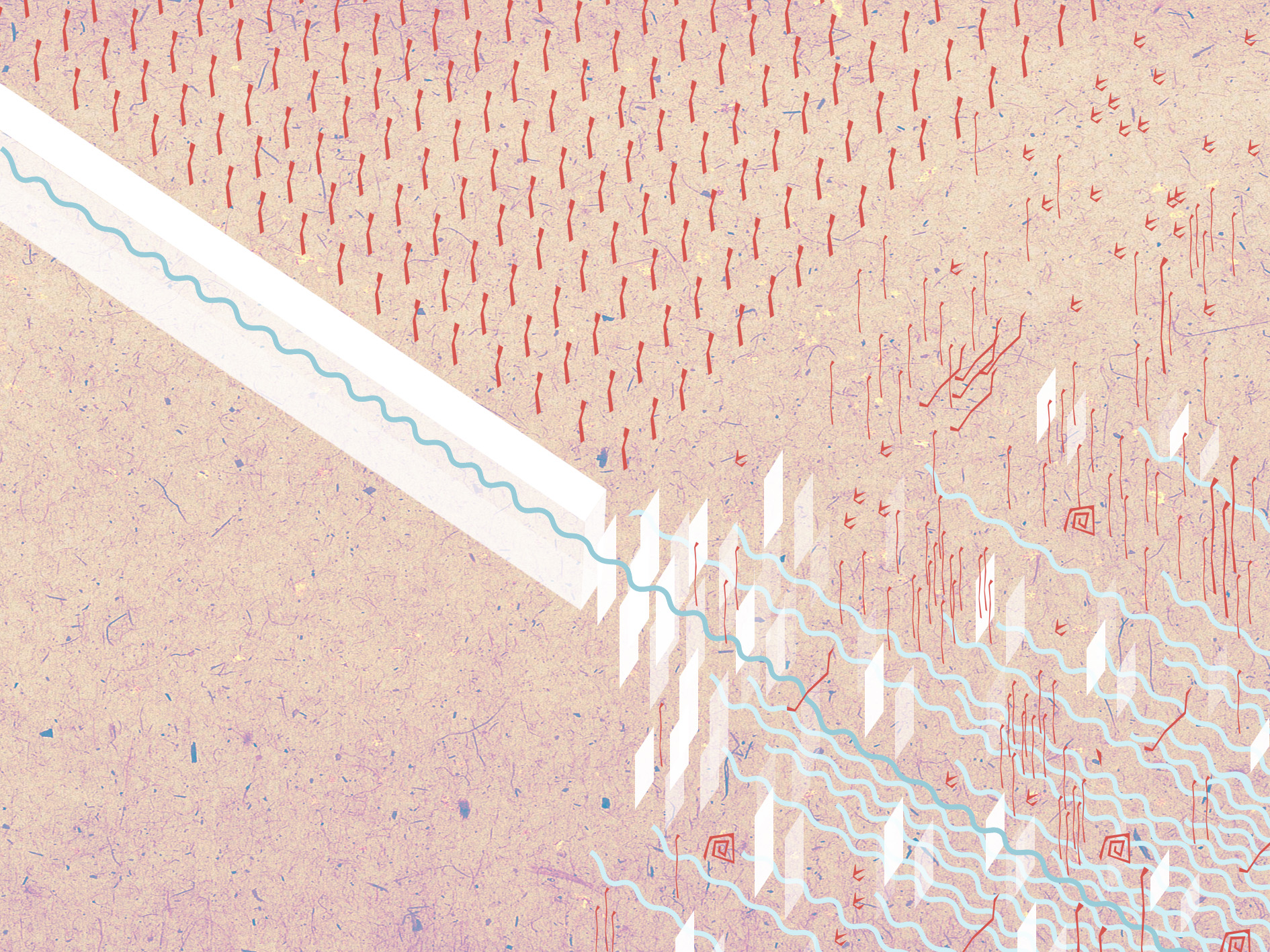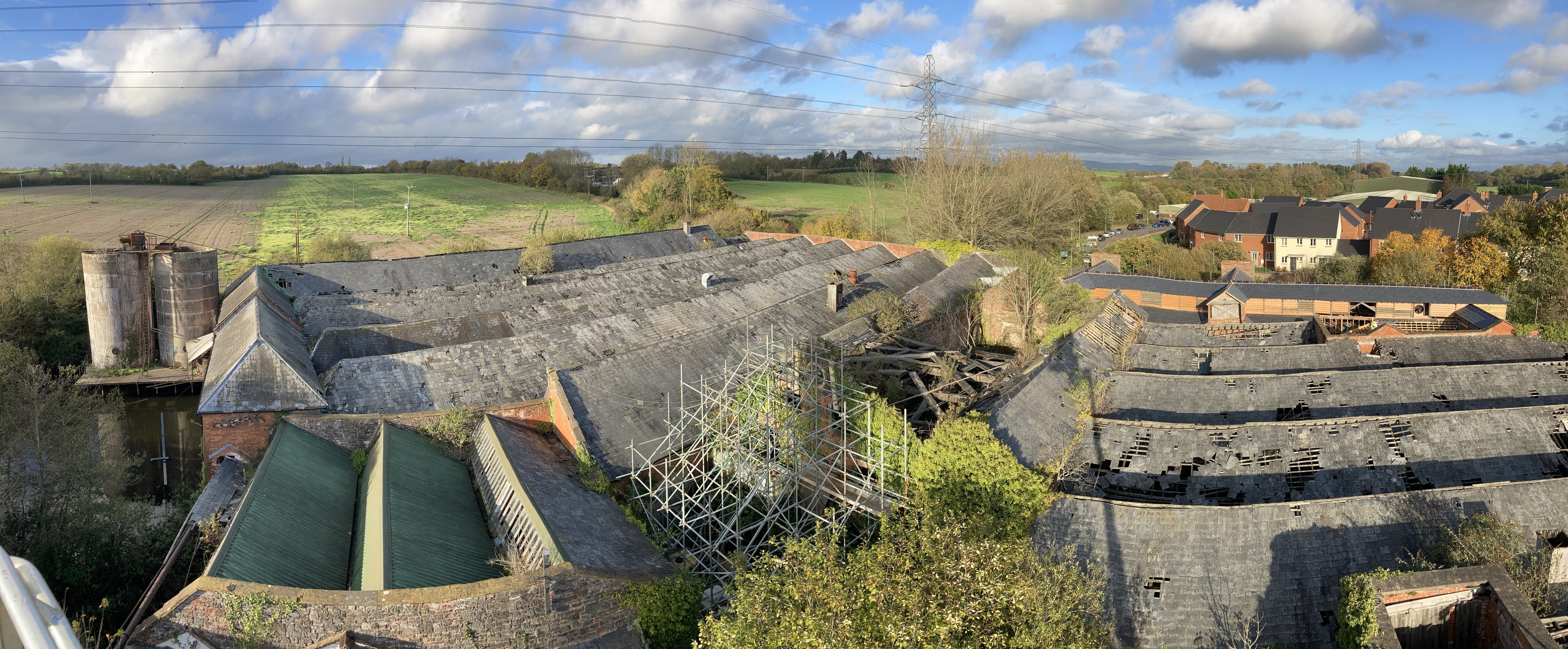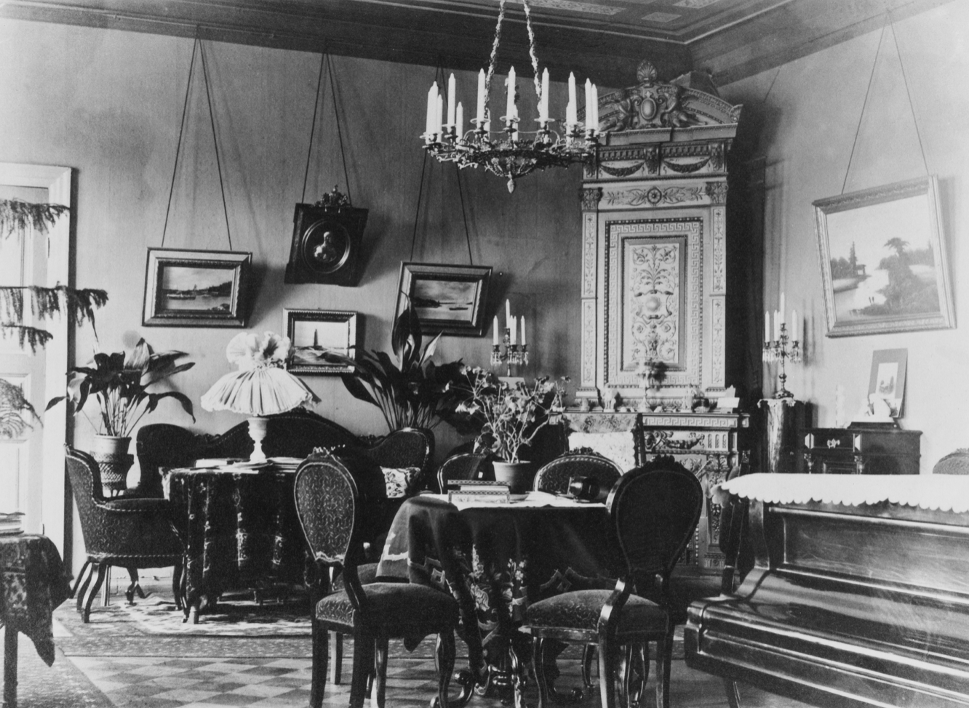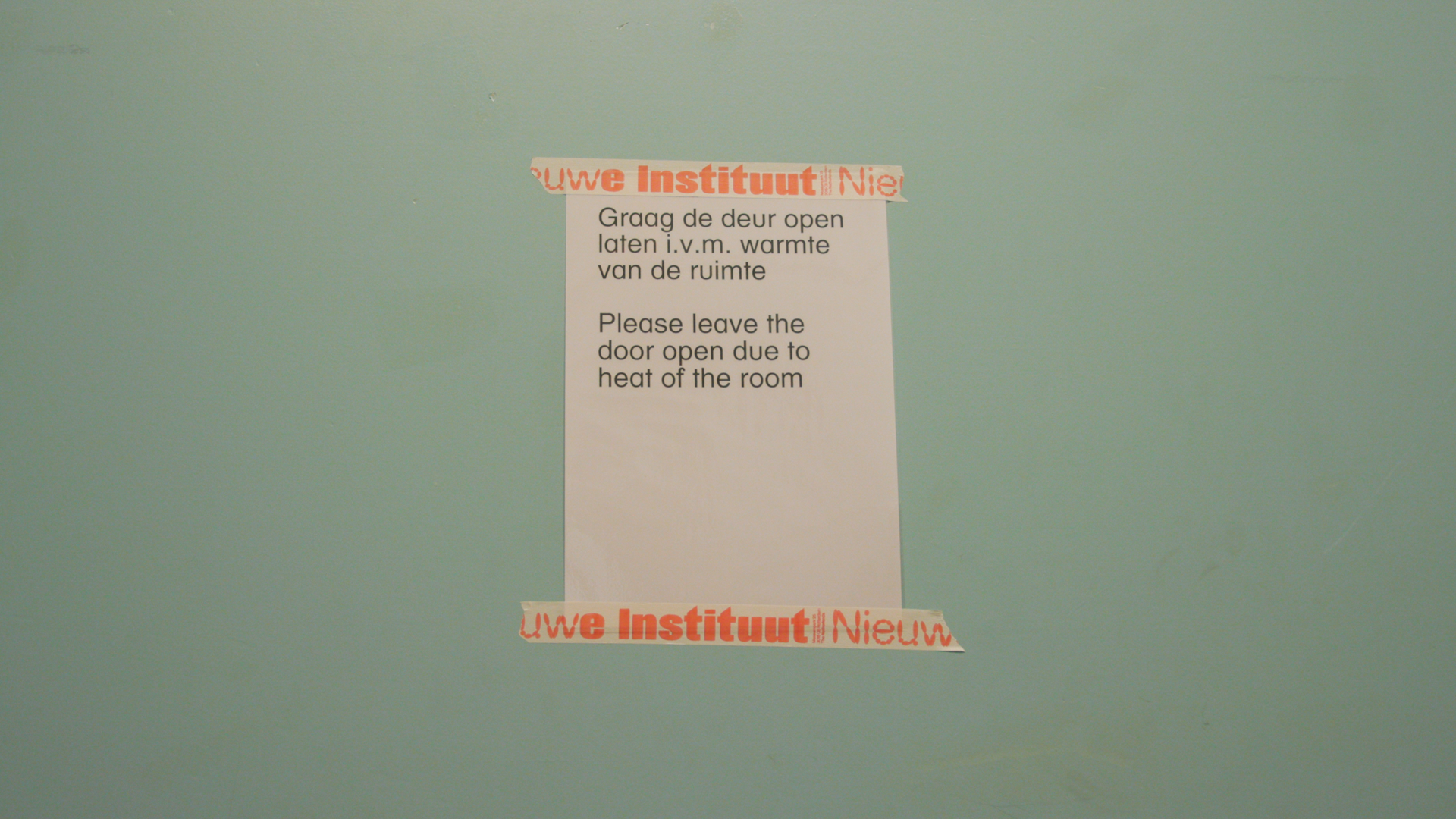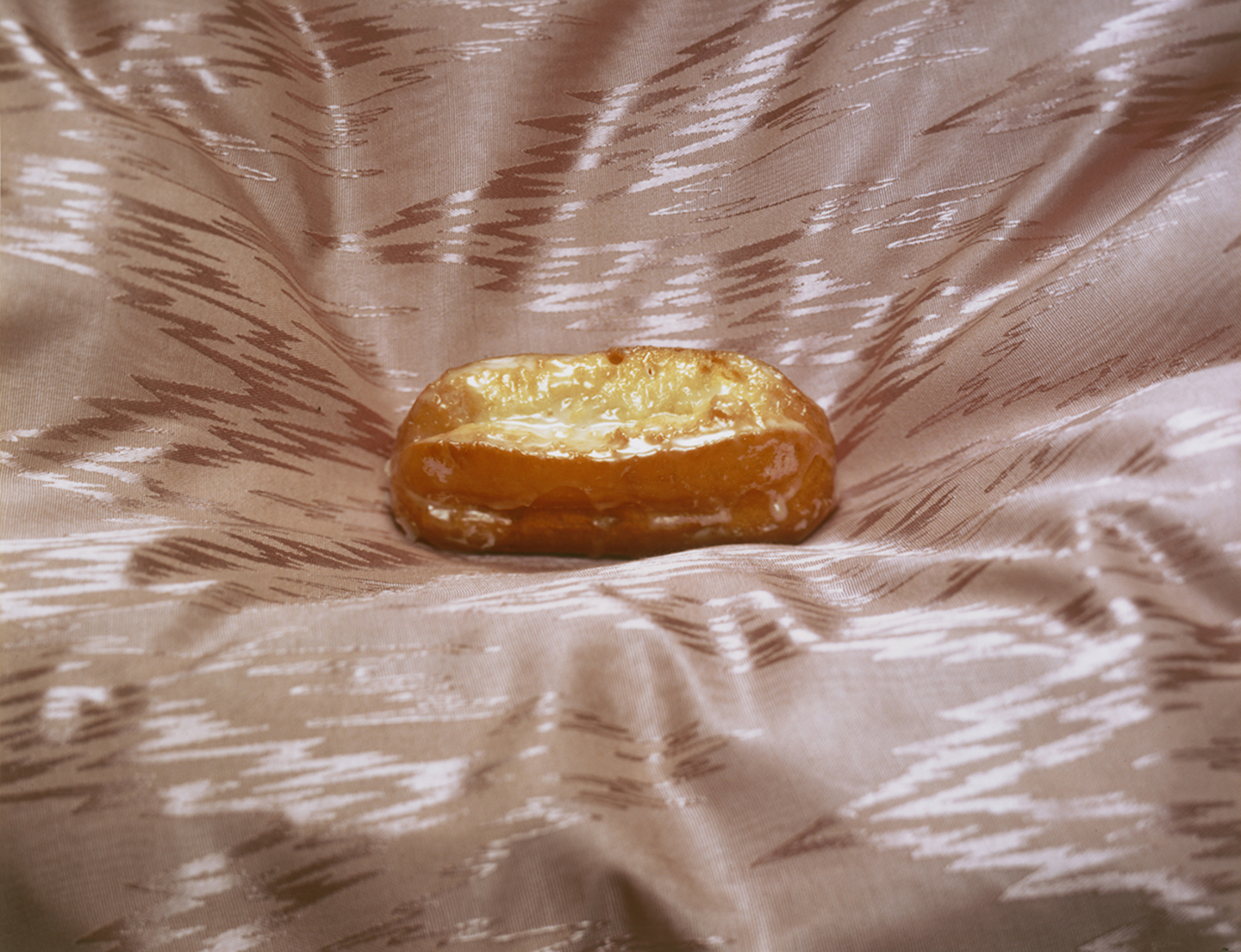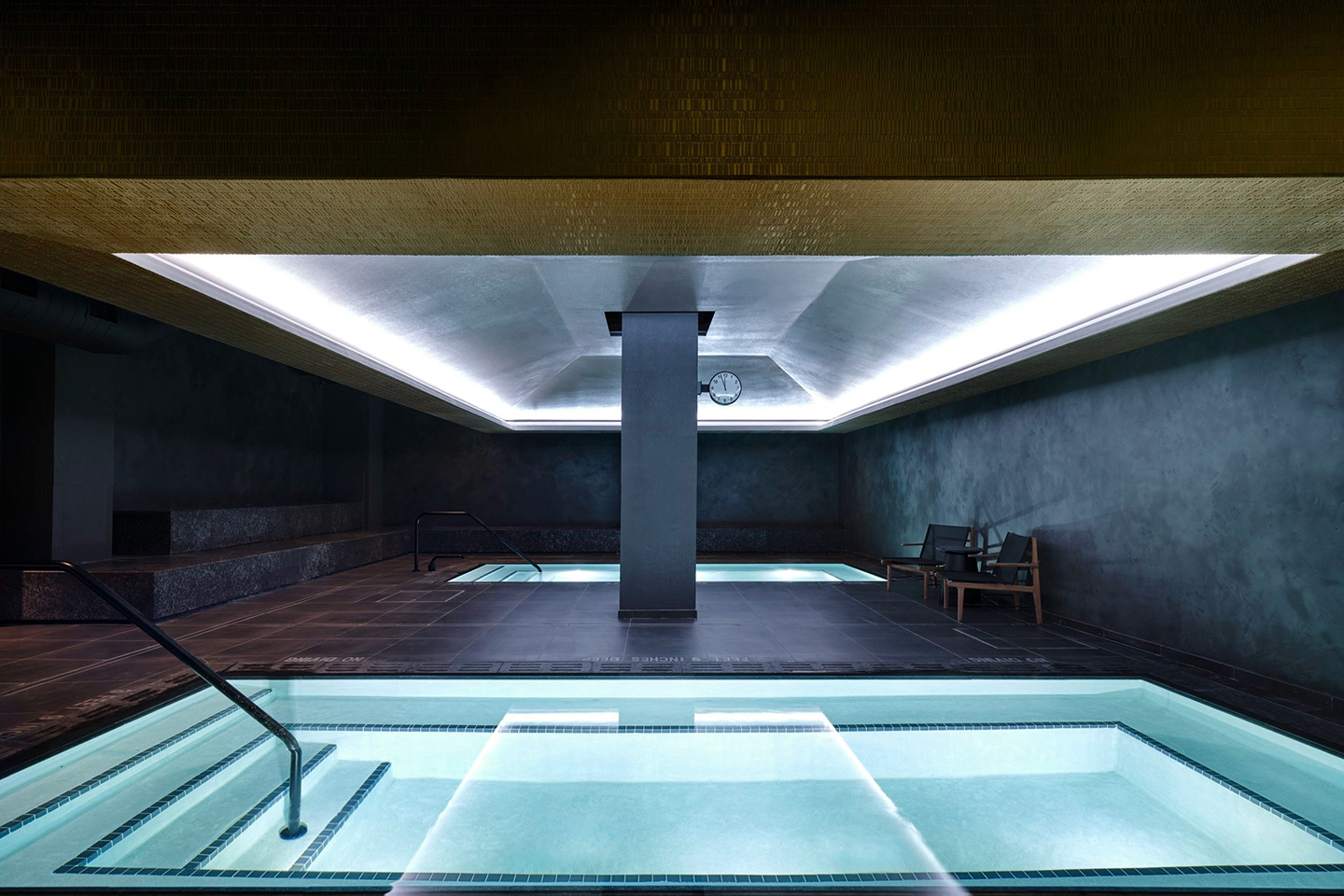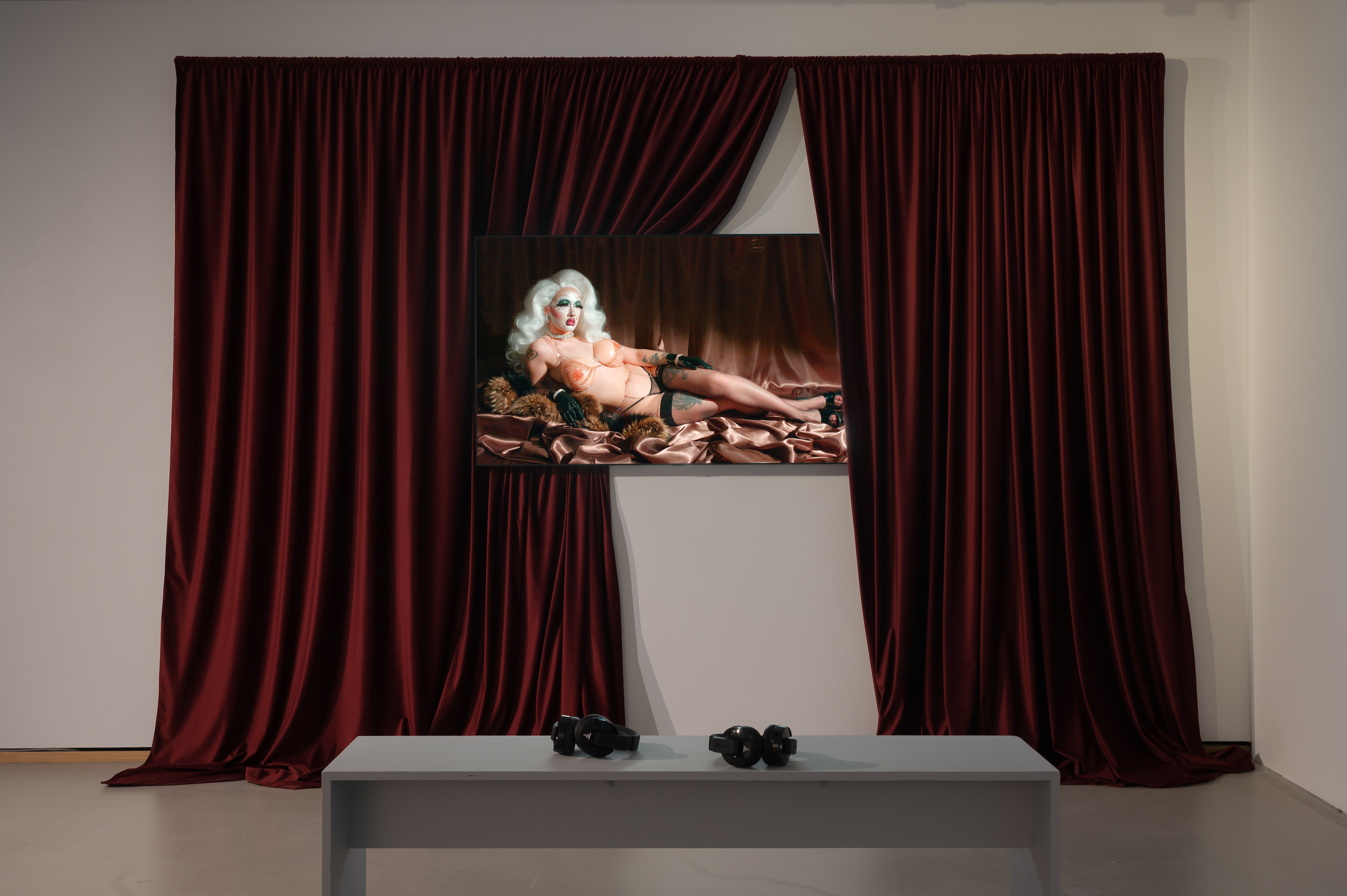You’ve probably stepped on some quite recently. Or at least walked by, or even sat on a patch, though perhaps without registering what “they” were. Ordinary, near ubiquitous, seemingly static or at least glacially slow-growing, and not particularly cute or charismatic, lichen are seldom observed consciously at all, much less celebrated, related to, or clearly understood. Like a riddle straddling the edges of the living and the physical environment—faint dustings of powder or inert, wispy fronds—lichen occupies a subliminal place in most other creatures’ perceptions and consciousness.
A. Laurie Palmer’s ongoing The Lichen Museum project, on which she has been working for more than a decade, resolves in a new book that endeavors to re-focus human attention as an act of aesthetic intervention—i.e., both conceptually as well as perceptually. A series of thematically oriented chapters (“Lichen Time,” “In Place,” and “More than One” among them) interleave excerpts from ecological texts and interviews with scientists with her own accounts of lichens and lichenology, and range from natural observation to philosophical abstraction. Reading this work thus feels like taking a series of walks with a particularly curious and sensitive companion, consistently attentive to otherwise neglected facets of the actual environment. Yet Palmer’s text doesn’t simply accumulate empirical and scientific facts. It points to the political and social potential of an informed, willfully divergent ecofeminist “lichenology”—both what is known but what also might be mistaken or remain elusive in the larger world.
Palmer’s composite cross- and anti-disciplinary approach emulates the porous boundaries and symbiosis of lichen’s intertwined, co-dependent species of fungus and algae. Musing on this set of relations as an open-ended template of sorts, the author-artist proposes radical shifts in human attitudes and behaviors. These, she suggests, might be recomposed to be more lichen-like—“to lichenize people,” as Palmer puts it in the book, “not to anthropomorphize lichen”—moving towards greater communal mutuality among people and in relation to the more-than-human.
This “museum” is anti-institutional, possessing no collection or built structure. Instead it is an ongoing series of gestures, actions, thoughts, perceptions, and gatherings in dispersed sites around the world. The artist imagines The Lichen Museum as a thing that surrounds us: “you are already in it,” she writes. Its goal is “escaping spectacle as well as categorization […] and commodification by capital—a museum of the marginal and the insignificant, a museum of what’s common, under the sun.” While getting close to myriad lichens in far-flung locales—from remote Arctic settings to urban mall parking lots—and consulting with other researchers both professional and amateur, this book proactively rejects post-Enlightenment hyper-rationality. Inspired by lichen’s site-specific, boundary-blurring, and slow-growing characteristics, the idea of “refusal”—of rigid taxonomies, individualism, and hierarchies of value; of the extraction and exploitation inherent to capitalism, patriarchy, and racism—occupies a significant portion of the text.
The book features a number of enticing color plates of spectacularly patterned lichens in situ, black-and-white drawings of lichens and other creatures, and various scientific and philosophic schemata (the clean, flat lines of these latter illustrations, intriguingly made of ink extracted from lichen, do seem to eschew much of the textural scrape, rub, and frond of lichens themselves, however). Scientific references are scattered throughout the text, with focus on grander theories and how “life” might be understood, on differing life-forms’ fundamental relationships to the physical realm, and on consequent understanding of possible socialities. The concept of co-species interaction is an anchor (though Donna Haraway’s 2003 Companion Species Manifesto is only briefly end-noted), while the political remains foregrounded through quotes on power and world-making by Zapatistas and the Invisible Committee, along with Claudia Rankine and Fred Moten.
Another touchstone among Palmer’s citations is visionary geo-chemist Vladimir Vernadsky, who considers macroscopic entities such as sun and planet as crucial to understanding transformational early life forms such as cyanobacteria, whose primal responses to solar radiation shaped the mineral earth. Mid-twentieth-century ecologist Kinji Imanishi is cited often: his re-orienting philosophy invites readers to blur lines between living things and the not-so-inert physical universe, and to consider neither as prior but rather both as co-constituting, continuingly and from the very beginning of time. This extreme temporal measure feels appropriate. Lichens are unusually long-lived communal organisms that can survive for millennia, and their existence as a species can be traced back hundreds of millions of years.
The overarching takeaway of Palmer’s book is an ethics of treating lichen—and all living creatures, including humans—as guides and companions, resisting the scientific and artistic tendencies to make any of us either object or subject. As an artist and embodied thinker, Palmer has gotten down on hands and knees with magnifying lens in hand, and is well-launched in a reconnaissance project on the way to persuading others to seek lichen communion at closer quarters too. Her deep-felt critique of things as they are is persistent yet flexible, and it remains suggestive of encounters that might lead to new bases for understanding and relations in a more recognizably and beneficently shared universe.
A. Laurie Palmer’s The Lichen Museum was published by the University of Minnesota Press in February.

